THE PROMPT
Newsletter of the Canadian Association of Recycling Industries
Volume 8, No. 2, February 2016
WORKING IN COLD WEATHER
When the temperature drops and employees are forced to work outdoors in cold weather conditions, precautions need to be taken to prevent cold-stress injuries. Temperature, wind speed, and level of wetness or humidity in the atmosphere all combine to create a lower work temperature than what a thermometer would record. Though there are no exposure limits for work in cold weather, some provincial WHMIS resources do set out basic thresholds for cold weather work. Businesses should develop exposure guidelines as well as emergency and first aid procedures for working outdoors during the winter months.
HYPOTHERMIA
Hypothermia occurs when a person’s core body temperature drops below 95 degrees. In this condition, the body ceases to produce heat as rapidly as it is being lost and various bodily functions can become impaired as a result. Even in the early stages of hypothermia the brain may not be able to function properly, which can cause confusion or disorientation and a loss of coordination. As a result, the affected person may not recognize what is happening to them.
Early signs of hypothermia include stumbling, slurred speech, difficulty holding onto objects and an inability to perform simple tasks, and mild to severe shivering. As symptoms worsen, the inflicted person may begin shivering violently and appear increasingly disoriented or uncoordinated. Anyone exhibiting these symptoms should be immediately taken into a warm environment. Hypothermia is considered a medical emergency. Call for medical assistance if symptoms do not improve rapidly.
FROSTNIP AND FROSTBITE
The earliest stage of frostbite, sometimes called frostnip, occurs when the top layers of skin freezes, making the skin appear pale or white, and blotchy. Normally occurring on exposed ear lobes, noses, cheeks, fingers, or toes, “frostnipped” skin will feel hard on the surface and normal, or soft below. Frostnip can be treated by gently rewarming the affected area.
Frostbite occurs when skin is exposed to cold temperatures (or cold objects) and the skin tissue falls below the freezing point. Frostbite symptoms can range from inflammation and mild pain to blisters, permanent tissue damage, and related infections. Treating frostbite requires moving the affected person to a warm area, removing any wet or restrictive clothing, and gradually warming the frostbitten areas using warm water or body heat. To prevent further tissue damage, avoid rubbing affected areas or applying dry heat.
PREVENTION
Wearing proper clothing is the best way to prevent cold weather injuries. Layers of light, loose clothing should be worn, with the outermost layer being made of a material that can withstand wet or windy conditions, and provide adequate protection given the temperature range. Cotton is not recommended, as it does not retain heat when damp. Clothing made of wool and synthetic fibres should be worn, and thermal underwear made from synthetic materials can help keep the body dry.
Areas of the body that are highly susceptible to frostbite include the hands, feet, and face, and should always be protected, even when under safety equipment. A liner should be worn under hard hats and employees should be encouraged to bring extra dry socks to work to prevent prolonged exposure to damp, cold footwear. In extremely cold temperatures, employees should always work in pairs.
[su_divider top=”no”]
BRITISH COLUMBIA POLICY INFORMATION
British Columbia’s Major Appliance Recycling Roundtable (MARR) invites CARI members to adopt the Voluntary Processing Standard for Recyclers of Major Appliances. Developed as a commitment of the B.C. Ministry of Environment approved major appliance stewardship plan, the Processing Standard is primarily based on existing B.C. environmental and waste management laws. A commitment to adopt this voluntary standard is an effective method of demonstrating compliance with B.C. regulations and assuring B.C. residents that your appliance recovery and recycling operations are environmentally sound.
Contact MARR’s executive director, Sarbjeet Sarai (PH: 604-319-9765, Email: [email protected]) for more information.
[su_divider top=”no”]
CARI EVENTS
75th Annual Convention
June 9-11
Ottawa, Ontario
[su_divider top=”no”]
OTHER UPCOMING EVENTS
Steel Tube and Pipe Conference
March 8-10
Houston, Texas
OARA Trade Show and Convention
Toronto, Ontario
March 17-19
ISRI 2016 Convention & Exposition
April 2-7
Las Vegas, Nevada
[su_divider top=”no”]
Canadian Association of Recycling Industries
130 Albert Street Suite 1906
Ottawa, On K1P 5G4
Canada
Telephone: 613-728-6946
Fax: 705-835-6196


